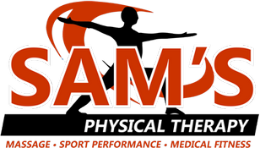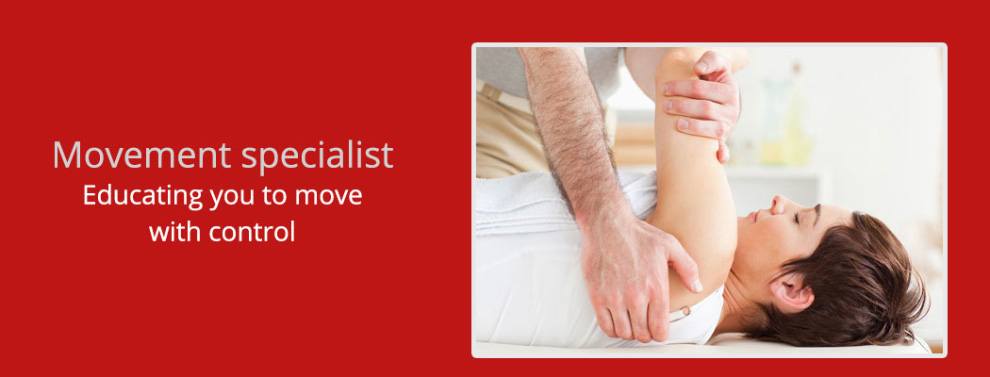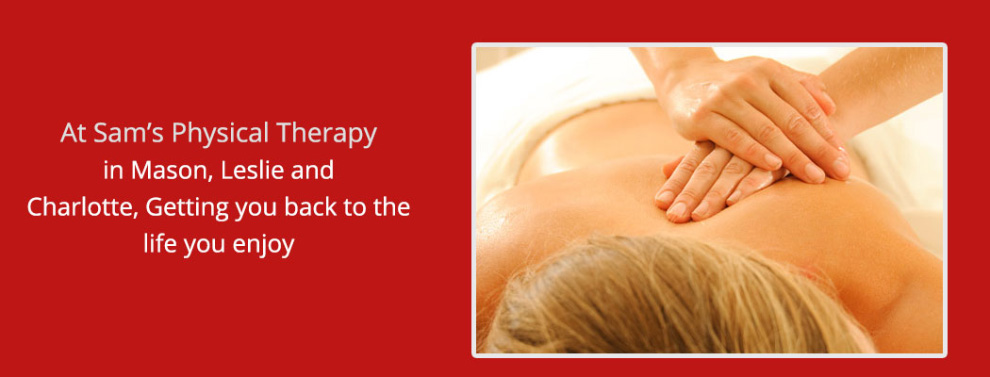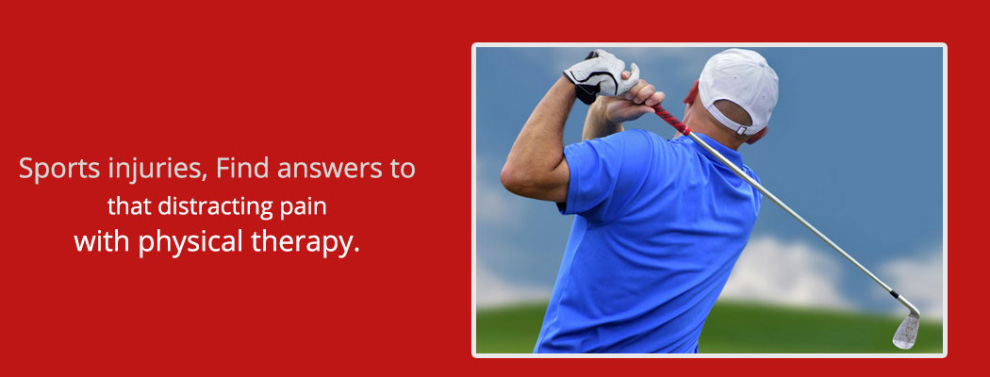Physical therapy in Leslie, Mason and Charlotte for Hamstring Injuries
Q: I have a mild hamstring tear. I've been told to just give it time and let it heal. I'm worried I will end up with a worse injury if I don't treat it right -- but I don't know what that is exactly. Can you help me?
A: Hamstring injuries are very common among young and old athletes alike. The hamstring muscle along the back of the thigh is made up of three parts: semitendinosus, semimembranosus, and biceps femoris. Hamstring strains and tears can cause scar tissue that puts the individual at risk for another injury. And often that second injury occurs within two weeks of returning to their full activities after only a short period of rest and recovery. And the second injury is more severe and more disabling. So you are right to be concerned enough to find some answers.
A recent update on the care and rehab of hamstring injuries has been published by a group of Physical therapists from the University of Wisconsin. After reviewing all the studies and data available so far, combined with their own clinical experience, they propose a three-part recovery program for hamstring strains.
Phase 1 starts with low-intensity, pain free exercises designed to minimize pain and reduce edema (swelling) while helping form a nice, clean linear scar. The hamstrings are not stretched in order to avoid a thick scar and even contraction of the hamstrings is limited to painfree motions to encourage muscle healing. All exercises prescribed during this period must protect the muscle while it is remodeling during this early healing phase.
The patient is slowly progressed from phase one to phase two. Fiber repair is still an important phase of recovery during this portion of the rehab process. The hamstrings are not yet lengthened to their end range until strength is restored. Exercises are done that will gradually lengthen the muscle and overstretching is avoided. When full strength is present without pain and there is full motion, then phase three can begin. In this final phase, the focus is on fine-tuning everything needed for return-to-full activity and for those who are involved in sports, full participation in sports activities.
Specific exercises to help the athlete return-to-sport and the best timing for introducing that phase of rehab are suggested. The athlete will need to work on agility, sport-specific drills, and quick directional and postural changes. Muscle testing is done by the therapist to determine when the athlete is ready to progress to this last phase of rehab. They must have enough strength and stability to carry loads required by repetitive motion and needed to carry out those motions with speed. In order to return to full sports participation, they must have full strength and motion without pain and function near maximal speeds without pain.
You may not need to go this far yourself but it's important that your flexibility, motion, strength, and coordination are fully restored to help you maintain your good recovery without a second injury. A Physical therapist can help you reach these goals and evaluate the likelihood of a reinjury. With any rehab program, preventing that second injury is the bottom-line.
Reference: Bryan C. Heiderscheit, PT, PhD, et al. Hamstring Strain Injuries: Recommendations for Diagnosis, Rehabilitation, and Injury Prevention. In Journal of Orthopaedic & Sports Physical therapy. February 2010. Vol. 40. No. 2. Pp. 67-81.













